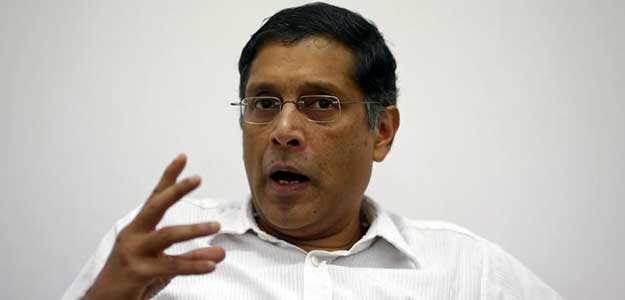
The CEA said he has taken a “realistic” view while projecting a growth rate of 7-7.75 per cent for the next fiscal and the growth path could be derailed in the event of an 2008-like “extreme crisis” in the world.
“We highlight some things which could have been done, but have not been done. GST, the strategic disinvestment — that is certainly what we need to do. The whole corporate and bank balancesheet challenges are really important to address,” he told PTI in an interview.
He was replying to queries on what the government should do to achieve 8-10 per cent economic growth, a day after the release of the Economic Survey for 2015-16.
Subramanian said the government is trying to solve the problems faced by the domestic industry by bringing in the bankruptcy law, the UDAY scheme to deal with power sector woes, adequately recapitalising banks and some action to revive the steel sector.
“It is a very difficult process. There are a lot of stakeholders. Lots and lots of projects that need to be sorted out. And a fair amount of money is required for this. So, we have to work through this process slowly and steadily. It is not going to happen through some magic wave of the wand,” he said.
Subramanian said public investments have to support growth for some time now as private investments are yet to pick up.
“This year, the global economy is very very difficult. What is unique about the world at this stage is that there are such a few pockets where you can say that it is stable and robust… India is the only bright spot. But our prospects will be affected by what happens everywhere else in the world,” he said.
Pegging growth at 7-7.75 per cent for the next fiscal, the pre-Budget Economic Survey has asked the government to press ahead with reforms, cut subsidies and introduce GST while advocating a review of mid-term fiscal targets to create space for additional expenditure.
It called India “a haven of stability” in a gloomy global landscape, but warned of possible currency turmoil after China’s recent devaluation. It said India will take 2-5 years to achieve the 8-10 per cent growth rate.
[“source-ndtv”]





